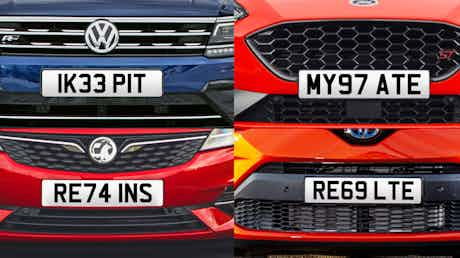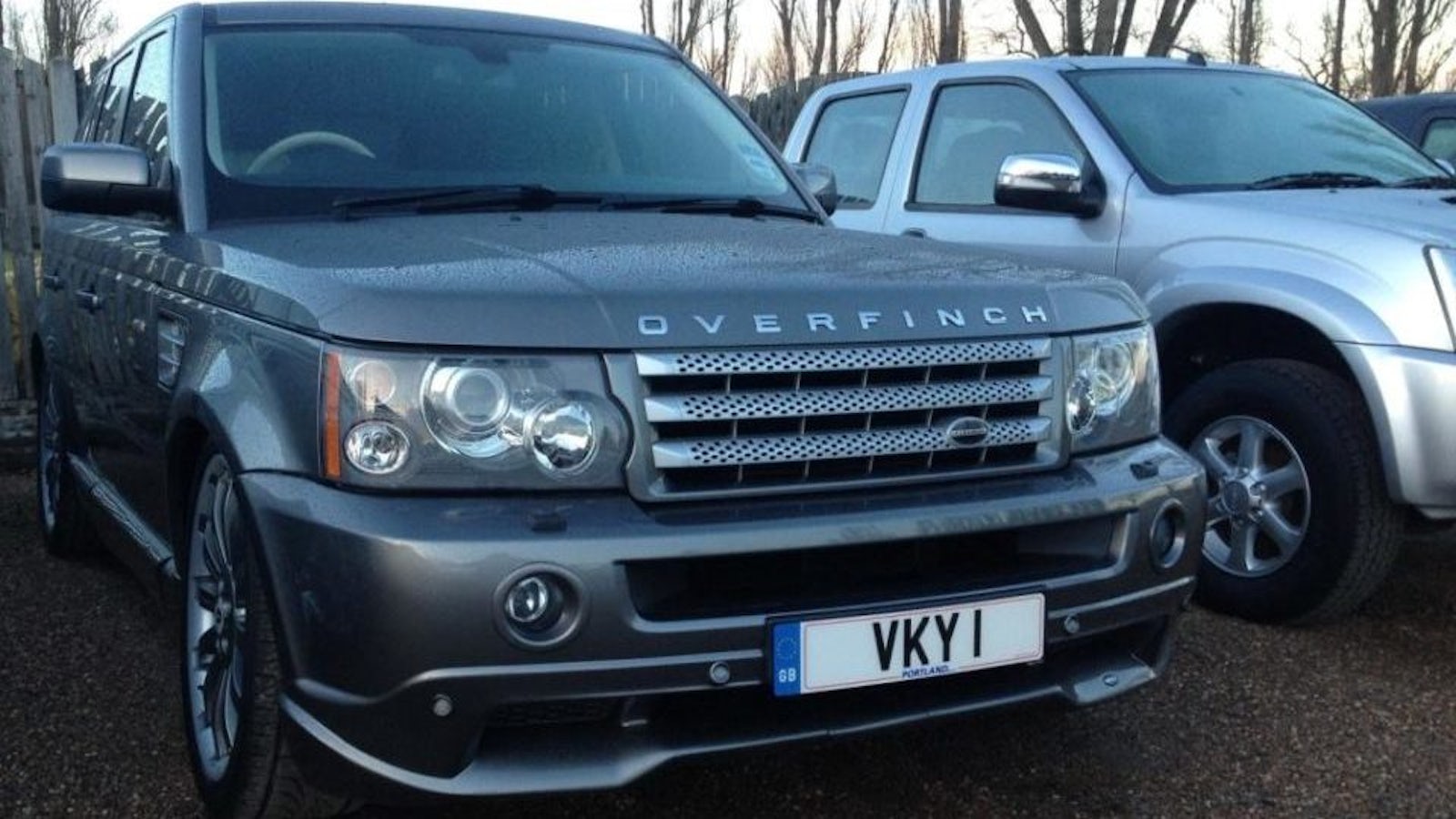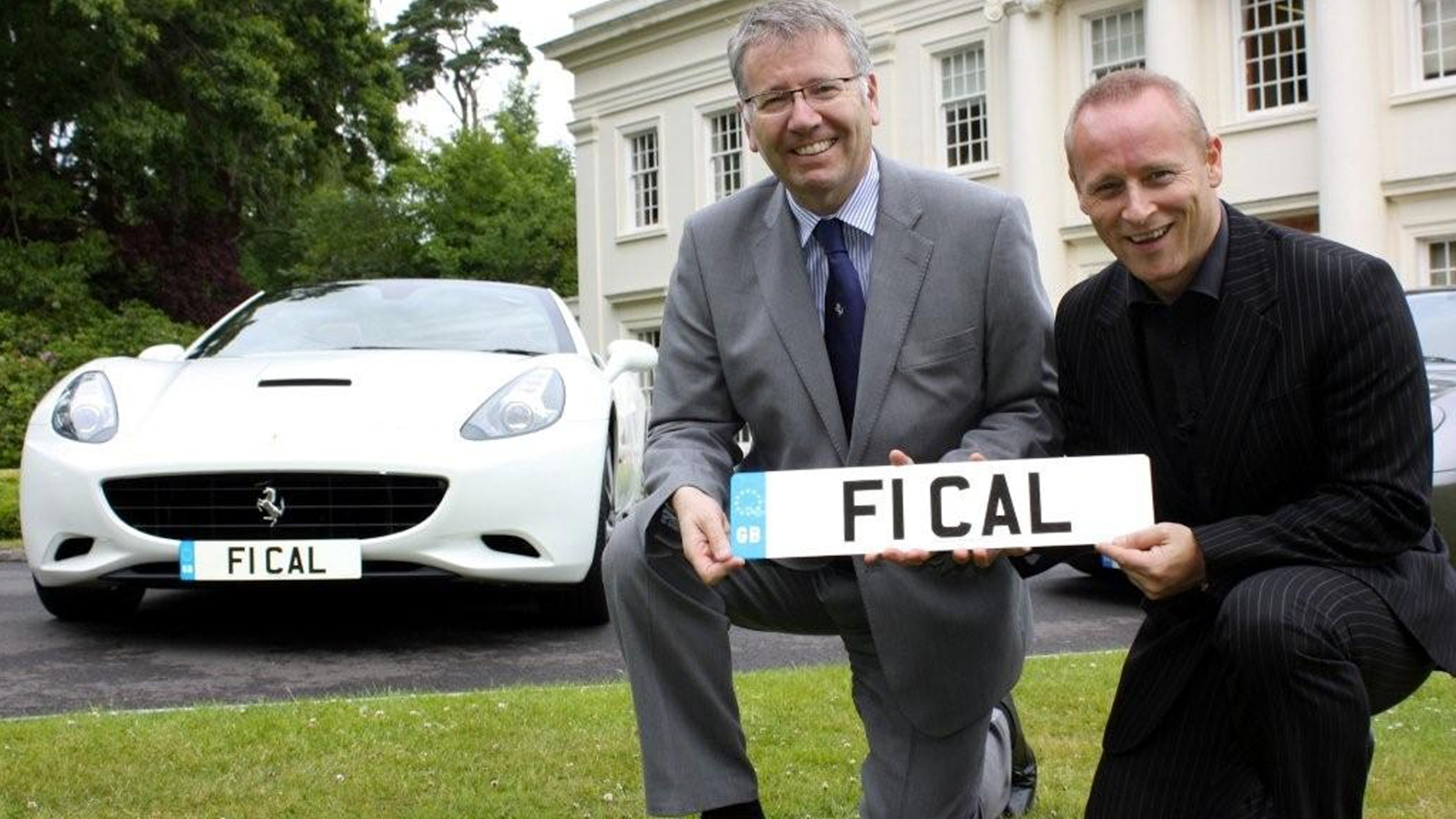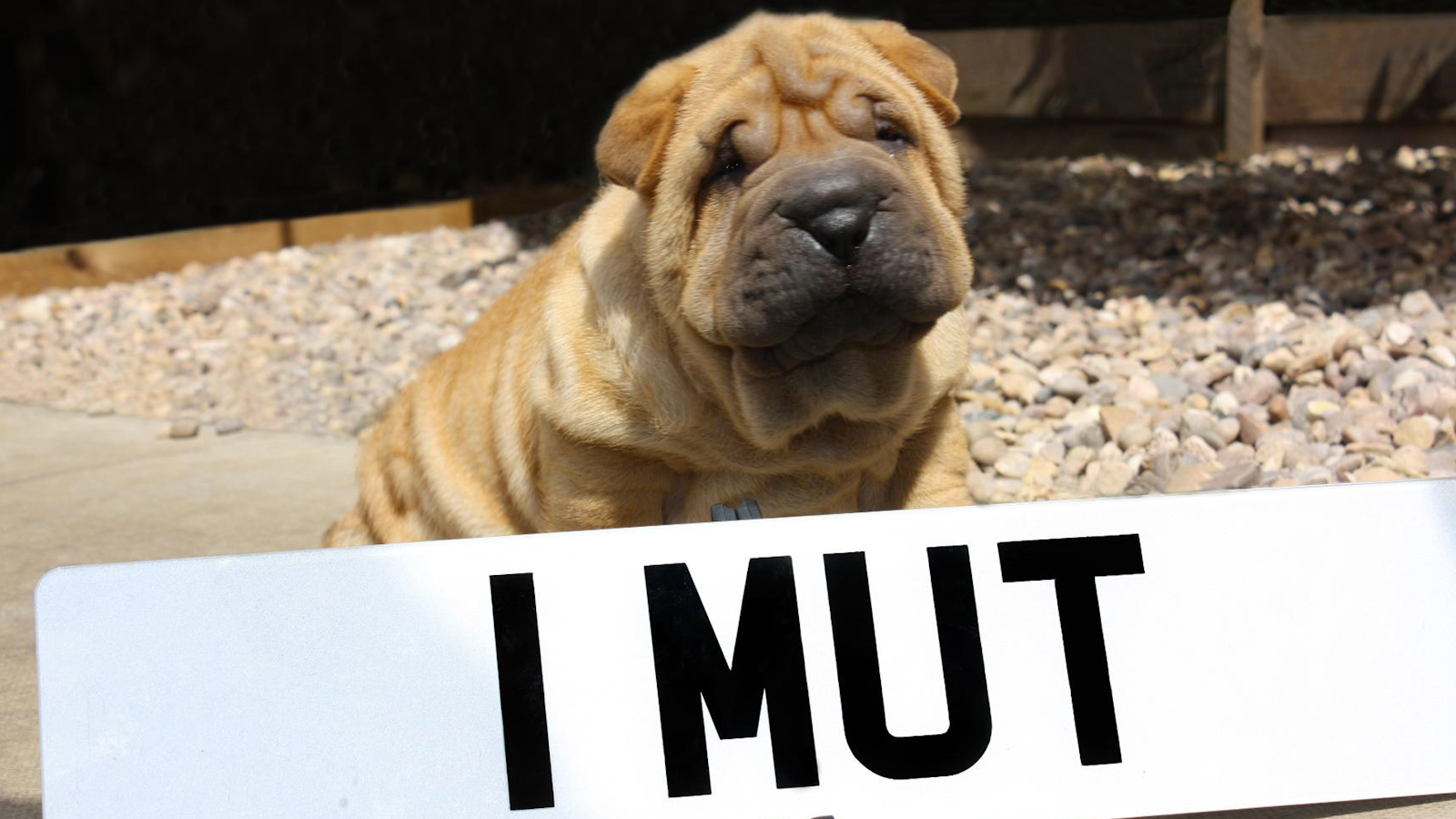How to get a personalised number plate
January 12, 2024 by John Tallodi

Personalising your car can be a very satisfying and rewarding experience. However, if you aren’t too keen on making permanent modifications to your vehicle, a personalised number plate can be a great way to stand out from the crowd.
So you’ve been through and seen how Carwow can save you money on a lovely new car, but now you want to put a personal plate on your shiny wheels to complete the whole process. This article will go through everything you need to know about personalised plates, detailing the buying process and legal requirements.
How to get a private number plate in 4 steps:
- Buying a private number plate
- Assign it to your vehicle
- Have the plate made
- Inform your insurance company
1. Buy your private number plate
Right, so you’ve finally bought that special car and now you want to give it that unique touch with a personalised number plate. But how do you actually buy one?

Buying from the DVLA
You can buy a new number plate from the DVLA Personalised Registration portal at any point. There are millions of permutations to choose from and each will have a price listed next to it.
Buying from a DVLA auction
The DVLA also holds around five auctions a year, you can bid for the available plates either in person, online, over the phone or in writing. The details of upcoming auctions and the list of all available numbers can be accessed on the DVLA registrations website. There is also a handy search tool to help you find the plates that best match your needs.
Once you have bought the plate you want you will get a V750 certificate of entitlement.
Buying from a broker
Number plate brokers are another avenue open to you if the DVLA doesn’t have quite what you are looking for. Brokers tend to be a bit pricier but may have some unique plates that you wouldn’t otherwise have access to elsewhere.
Buying from a private business or individual
You can also search online for plates that are being sold by individuals or businesses. Most of the number plates you will find through these sources tend to be rare and pricey. As a general rule, the fewer the characters the higher the price.
2. Assign your private number plate to a vehicle
Once you have purchased your number plate, you will get a V750 certificate of entitlement. If you are transferring a number from a vehicle you already own then you should have a V778 retention document.

You can apply online if the vehicle is registered to you. If the car is brand new, then you will need to give the V750 or V778 to your dealer and get them to apply on your behalf. You will need your vehicle’s V5C in both cases. The cost to do this is usually £80.
If you already have a private number on your vehicle you will need to apply to have it removed beforehand. If you don’t do this, you might lose the right to use it in the future.
You can also apply by post by sending your V750 or V778 and the V5C logbook to the DVLA. If you need to tax your vehicle at the same time you need to send in a V10 application for vehicle tax form, the correct amount of tax required and an MOT certificate.
There are a few criteria that the vehicle must meet:
- It needs to be registered with the DVLA in the UK and be of a type that needs an MOT
- It must be able to move under its own power and be available for inspection by the DVLA if required
- It must have been taxed or have a SORN in place for at least five years, if the SORN status has been in place for over five years then the vehicle also needs to be taxed and have a valid MOT certificate.
- Classic vehicles that are usually exempt from MOTs will need to have one carried out.
If the vehicle does not need an inspection the number will be assigned to it immediately and you should then put these new plates on the car.

Within four to six weeks you will be sent a new V5C logbook and your original MOT if you sent it in to have the vehicle taxed at the same time.
You will need to renew your V750 certificate or entitlement or V778 retention document every 10 years (sooner if you acquired your personalised plate before 2015) if it is not being used on a vehicle. Read our number plate retention guide for more info on this subject.
3. Get your private number plate made
To get the plates made you will need to contact a registered number plate supplier, they will require some form of identification like your driving licence, utilities bill or national identity card, and proof that you own the vehicle. This can be the V5C, V750 or V778 document.
If you prefer to design your own personalised plate it will need to:
- Be made out of reflective material and not have a background pattern
- Have black characters with a white background in the front and yellow background on the rear plate
- Be marked with the plate supplier’s details and the British Standard number (BS AU 145e)
It can have raised characters and display a green flash for zero emission vehicles. Some flags and symbols are allowed. The plate also cannot make your car appear younger than it is, or start with ‘Q’ or ‘NIQ’.
4. Tell your insurance company
Be sure to tell your insurance company about the change to ensure that it is still covered. Most insurers do not consider a personalised number plate to be a modification to a vehicle, so it is unlikely to affect your premiums.
You should also update any automatic payment accounts linked to your registration number. These may include congestion charge and low emissions zones.
Private number plate FAQs
How do private number plates work?
Private number plates are registered to a specific vehicle. The legal owner of the vehicle can apply to have them transferred to a new vehicle.
Can you create your own private number plate?
Yes. There are some criteria to be followed, such as not starting with ‘Q’ or ‘NIQ’, or making your car seem newer than it is, but as long as your particular set of digits hasn’t already been claimed you are free to create your own plates.
How much is a personalised number plate?
It costs £80 to have a personalised plate registered to a car, however the personalised plate itself can cost anywhere from a few hundred pounds to hundreds of thousands of pounds depending on its rarity.
Can you buy a private number plate without a car?
Yes. You can purchase a private number plate on a certificate without actually owning a car. This certificate will need to be renewed every 10 years. Just remember that the plate will need to meet all the criteria mentioned above to be legally fitted to a car at some point in the future.
What do I do with my old number plates?
You can sell your car with the private number plate. If you plan to transfer the private plates to your next vehicle, make sure to keep the original number plates for when you sell your current car. Alternatively, if you no longer want the private plates, they can be recycled at most recycling centres.
Cars Change? Carwow!
Looking for a new set of wheels? With Carwow you can sell your car quickly and for a fair price – as well as find great offers on your next one. Whether you’re looking to buy a car brand new, are after something used or you want to explore car leasing options, Carwow is your one stop shop for new car deals.















